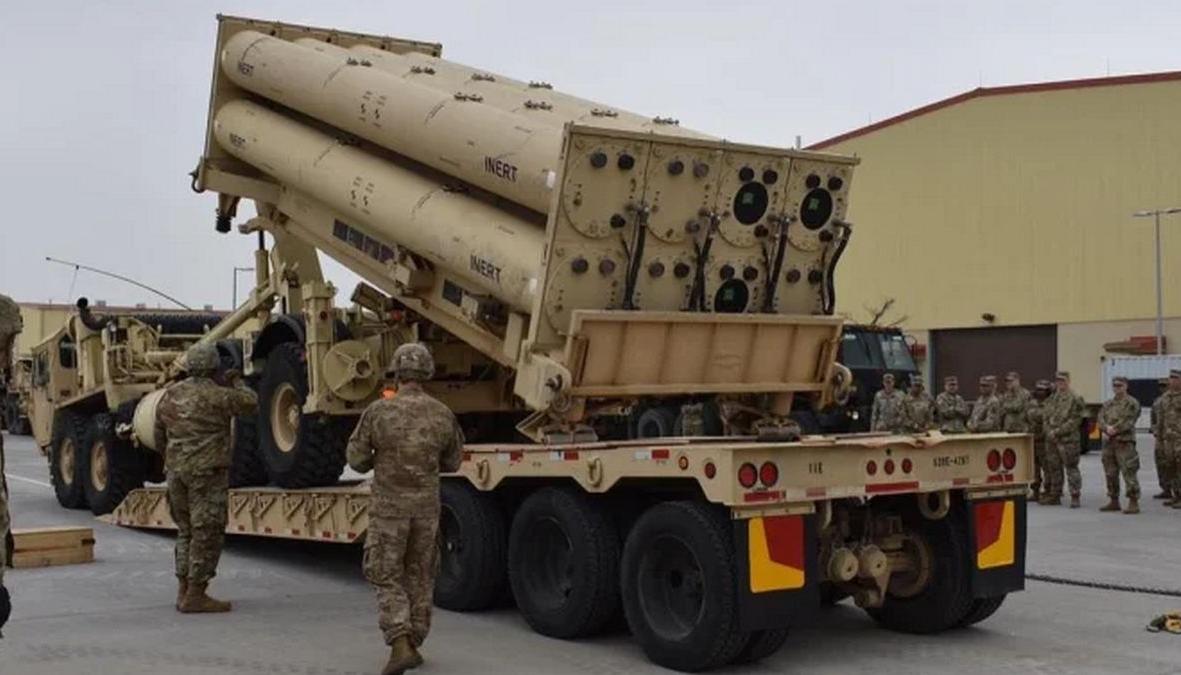The United States may have confirmed plans to send a second THAAD (Terminal High Altitude Area Defense) battery to Israel amid escalating regional tensions. So far, there is no official confirmation.
On October 13, it was confirmed that US Secretary of Defense Lloyd Austin had agreed to deploy a THAAD system and a group of US military personnel to Israel.
The Pentagon said the move would boost Israel's air defense capabilities following unprecedented Iranian missile attacks on April 13 and October 1. The first components of the THAAD system have already arrived in Israel.
On October 1, Iran's Revolutionary Guard Corps fired numerous missiles at Israel as part of Operation True Promise 2. The Israeli military responded, indicating it would retaliate when it deemed appropriate.
Israel faces a significant threat from Iran's ballistic missiles, which have the ability to strike Israeli territory and cause damage to critical infrastructure and populated areas. In response to these threats, Israel requested a second THAAD system to bolster its defenses and increase its ability to detect, track and intercept missiles in flight.
THAAD works in conjunction with other defense systems
The THAAD system is recognized for its high accuracy and ability to counter complex ballistic missile threats, providing Israel with a crucial level of defense against potential Iranian attacks. The THAAD system will enable Israel to protect key strategic facilities and civilian areas, while functioning as an integrated component of the country's broader missile defense architecture.
This system would complement Israel's existing defense mechanisms, such as Iron Dome and David's Sling, which are designed to intercept shorter-range missiles. By adding THAAD, Israel would gain an additional defensive line capable of countering larger and faster threats from greater altitudes and distances.
THAAD is designed to intercept ballistic missiles in the final phase of their trajectory, when they are high in the atmosphere. Its key components include the AN/TPY-2 radar, which operates at a high frequency and provides detailed tracking of long-range targets. This allows THAAD to quickly respond and destroy incoming missiles.
The system also includes mobile launchers that can be positioned at different locations. These launchers can fire missiles that track and target ballistic threats using active radar guidance. THAAD missiles use kinetic impact, meaning they physically destroy their target by direct impact without carrying an explosive warhead. This reduces the risk of collateral damage on the ground, as the interception occurs at high altitudes.
In addition, THAAD works in conjunction with other defense systems such as Aegis and Patriot, providing Israel with multi-layered protection against a wide range of threats. The system has undergone numerous tests and real-world deployments, proving its effectiveness in missile defense.
Israeli authorities plan to integrate THAAD as part of a comprehensive air defense system that includes both national and regional defense levels. This will give the country the protection it needs against medium- and long-range missiles that could threaten both military bases and civilian areas.







